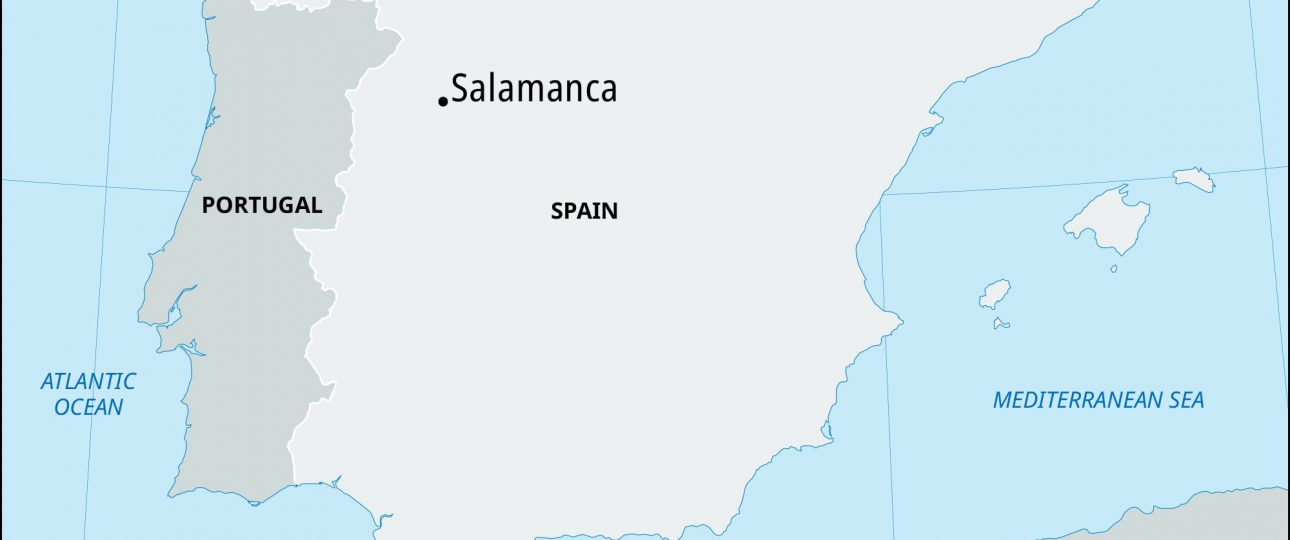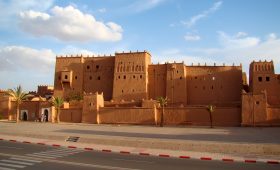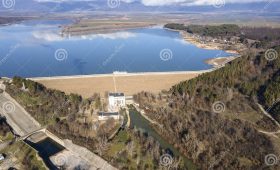Salamanca: A Captivating Destination in Spain
About Salamanca
Welcome to Salamanca, a city rich in history and culture, located in the autonomous community of Castile and León, Spain. Known for its stunning Plateresque architecture and vibrant academic atmosphere, Salamanca offers a travel experience steeped in tradition and learning. In this guide, we’ll explore the city’s remarkable landmarks and provide essential information for planning your visit.
Getting to Salamanca
Salamanca is accessible by various modes of transportation. For international travelers, the nearest major airport is Madrid-Barajas Adolfo Suárez Airport. From Madrid, you can take a train or bus to Salamanca, with the journey taking approximately two and a half to three hours. The train ride offers scenic views of the Spanish countryside, while buses provide a budget-friendly option.
If you’re already in Spain, direct train and bus services from cities like Madrid and Valladolid make reaching Salamanca convenient. The city’s well-connected transport network ensures a smooth journey.
Exploring Salamanca
Architectural Wonders
Salamanca’s historic center, a UNESCO World Heritage Site, is renowned for its architectural splendor. The University of Salamanca, founded in 1218, is the oldest active university in Spain and a masterpiece of Plateresque design. Its intricate facade is a testament to the city’s rich academic heritage.
The city is also home to two magnificent cathedrals: the Old Cathedral and the New Cathedral. The Old Cathedral, with its Romanesque architecture, contrasts beautifully with the Gothic and Baroque elements of the New Cathedral. Climbing the cathedral towers offers breathtaking views of the cityscape.
Cultural and Historical Riches
Salamanca’s cultural tapestry is woven with festivals and historical events. The city’s Holy Week celebrations, recognized for their international tourist interest, showcase vibrant processions and religious traditions. Throughout the year, Salamanca hosts various cultural events that reflect its deep-rooted traditions.
For art lovers, the Casa de las Conchas and the Convento de San Esteban are must-visit sites, offering insights into the city’s artistic and religious history.
Gastronomic Experiences
Salamanca’s culinary scene is a delight for food enthusiasts. The city is famous for its Jamón Ibérico, a delicacy that embodies the rich flavors of the region. Another local specialty is Hornazo, a savory pie filled with meats and eggs, perfect for a hearty meal.
Pair your meal with a glass of Toro wine, known for its robust flavor, and explore the lively tapas bars scattered throughout the city. Salamanca’s gastronomy offers a delicious journey through Spanish culinary traditions.
Best Time to Visit
The ideal time to visit Salamanca is during the spring (April to June) and autumn (September to November) when the weather is mild and pleasant. These seasons also coincide with various festivals, providing a lively atmosphere for visitors.
Summers can be hot, with temperatures often exceeding 30 degrees Celsius. If visiting during this time, it’s advisable to stay hydrated and take breaks in shaded areas.
Summary of Facts
- Salamanca is a historic city in Castile and León, Spain.
- The city is renowned for its Plateresque architecture and academic heritage.
- The University of Salamanca and its cathedrals are key architectural highlights.
- Salamanca hosts significant cultural events, including Holy Week celebrations.
- The local cuisine features delicacies like Jamón Ibérico and Hornazo.
- The best times to visit are during spring and autumn.




